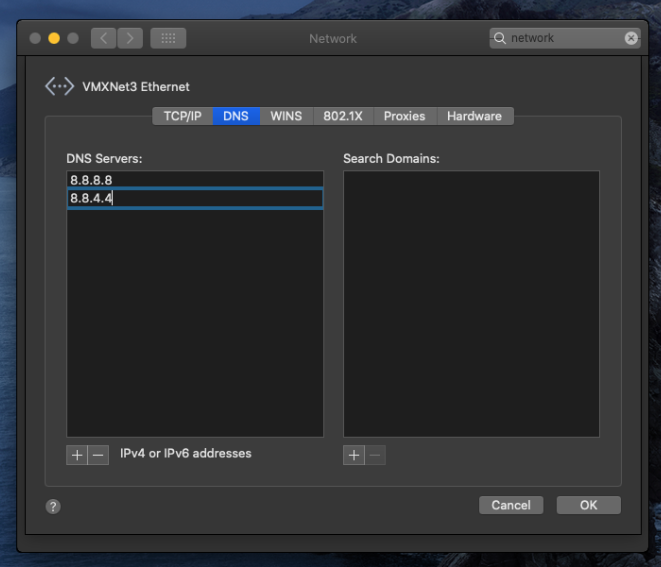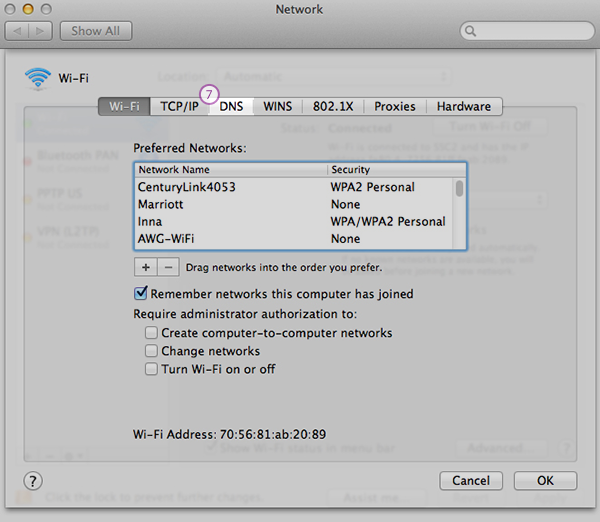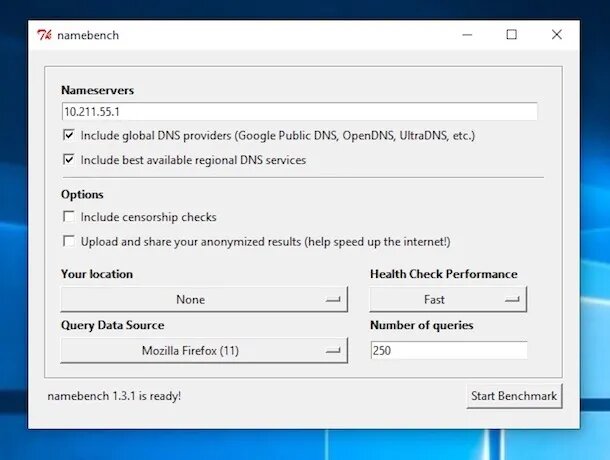
- SET UP DNS FOR MACOS SERVER HOW TO
- SET UP DNS FOR MACOS SERVER INSTALL
- SET UP DNS FOR MACOS SERVER MANUAL
- SET UP DNS FOR MACOS SERVER ARCHIVE
To manage the DNS server configuration you edit files in /Library/Server/named/ and issue the command ‘ sudo killall -HUP named‘ to make your edits take effect.


You can have a build environment and a production environment and simply point the host to the build environment on your machine, and your machine only, while all of the other users are directed to the live site. This should be able to coexist with macOS Server Catalina or latter but will conflict with Server.app on macOS Mojave and earlier due to the inclusion of a redundant ‘named’ binary which will kill your new service on startup. A local DNS host file can be useful when developing a website. With all that done you should have DNS server running independent of macOS Server. Verify it’s working with: launchctl print system/.Load the service for the first time with: sudo launchctl load -w /Library/LaunchDaemons/.Now set appropriate file permissions with: sudo chown root:wheel /Library/LaunchDaemons/.You need to create an ‘’ file in /Library/LaunchDaemons/, the file should have the following contents:.With bind installed you now need to make a plist file to load ‘named’ as a service then configure the system to launch it and keep it alive.
SET UP DNS FOR MACOS SERVER INSTALL
SET UP DNS FOR MACOS SERVER ARCHIVE

SET UP DNS FOR MACOS SERVER MANUAL
This tutorial includes compiling from source but this process is actually obsolete with new dependencies namely ‘pkg-config’ which you’d have to install with something like MacPorts of HomeBrew anyway which can also provide an automated install of BIND which is what I recommend you do instead the latest date that you can be supported with the manual source download to is December 2021 with BIND 9.11.33 Current-Stable, ESV. Apple recommended compiling BIND from source and pointing the configuration files to the /Library/Server/named directory. The binary which provides the DNS server is called ‘named’. Server app also had a DNS Server which was a version of BIND from ISC. If you did have any trouble, hit me up in the comments or socials/email.When Apple destroyed macOS Server they recommended switching to open source alternatives which were actually integrated into the old Server.app. I hope everything went smoothly for you and you now have custom DNS servers on your Mac. Your browser does not support the video tag. Close the Terminal application and you’re all done.Sudo killall -HUP mDNSResponder say Success Enter the following code, one line at a time:.Open Finder and click Applications, then Utilities.Click the DNS tab, then click the plus icon + to add a DNS server, enter the Primary DNS IP address, then Secondary DNS IP address, then click OK to close, then click Apply.Select your connection (wired or wireless) then click the Advanced… button.I will list here the most popular DNS providers: I recommend Google DNS which is what I use and have never had an issue.

Contentsīefore changing DNS servers you’ll need to find a third-party DNS provider, there are plenty of good (and free) services available too.
SET UP DNS FOR MACOS SERVER HOW TO
Today I’ll show you how to set custom DNS servers on macOS, which can improve network performance, increase security, and even thwart some websites using Geo-blocking.


 0 kommentar(er)
0 kommentar(er)
